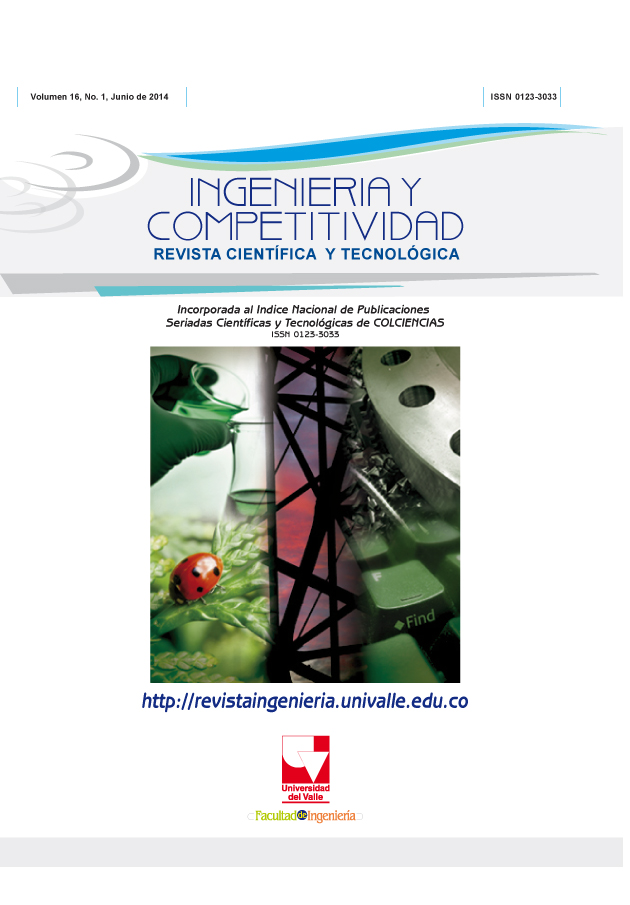Preparación y caracterización del óxido de estaño y su uso como catalizador en la reacción de epoxidación de esteres grasos insaturados
Contenido principal del artículo
La síntesis y la caracterización del óxido de estaño se estudiaron en este trabajo para evaluar su actividad catalítica en la reacción de epoxidación del metilricinoleato proveniente del aceite de ricino. La obtención del óxido se realiza por el método de precipitación controlada, encontrándose que se obtienen ventajas significativas al emplear soluciones acuosas de SnCl2.2H2O como precursor. Su caracterización se efectuó por medio de las técnicas de DTA, TGA, DRX, encontrándose que para obtener un alto rendimiento hacia el sistema casiterita el valor de pH óptimo fue de 6.25, mientras que un pH de 8.0 conlleva hacia el sistema romarchita. En el caso de las técnicas de MEB y área superficial, se determinó que el tamaño de partícula encontrado estaba por debajo de los 50 nm con un área superficial de 19 m2/g. El ester ricinoleico se obtuvo a partir del aceite empleando metilato de sodio como catalizador y seguidamente se hace reaccionar con peróxido de hidrógeno como agente oxidante y óxido de estaño para producir un epóxido. Finalmente, los productos de reacción se identifican por cromatografía de gases, encontrando que los óxidos de estaño son activos para la obtención de epóxidos con un mejor desempeño del sistema cristalino romarchita (SnO) principalmente hacia el metil-12-hidroxi-9,10-epoxioctadecanoato (MHEOD).
- Casiterita
- epoxioctadecanoato
- epoxidación
- óxido de estaño
- romarchita
Descargas
Los autores que publican en esta revista están de acuerdo con los siguientes términos:
Los autores ceden los derechos patrimoniales a la revista y a la Universidad del Valle sobre los manuscritos aceptados, pero podrán hacer los reusos que consideren pertinentes por motivos profesionales, educativos, académicos o científicos, de acuerdo con los términos de la licencia que otorga la revista a todos sus artículos.
Los artículos serán publicados bajo la licencia Creative Commons 4.0 BY-NC-SA (de atribución, no comercial, sin obras derivadas).





